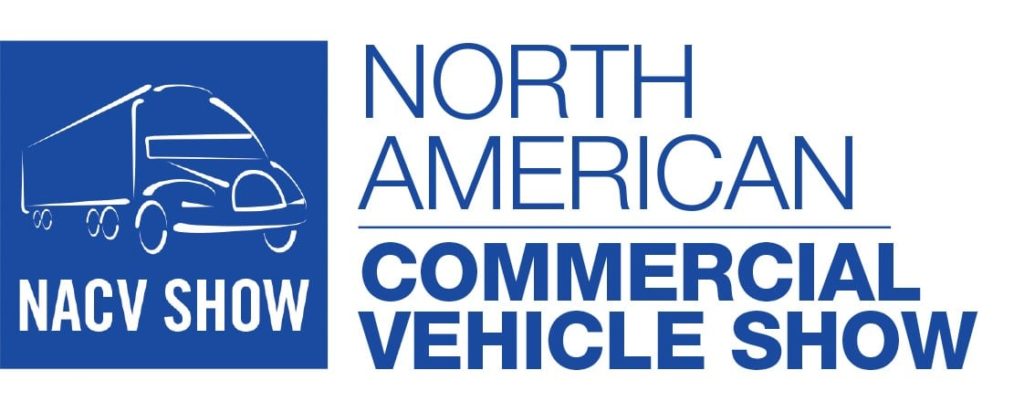PM Launches Vehicle Scrappage Policy

Vehicles will not just be scrapped by their age, but also if they are found to be unfit in automated testing. The vehicle scrappage policy will bring in investments of around INR 10,000 crore to set up 450-500 Automated Testing Stations (ATS) and 60-70 Registered Vehicle Scrapping Facilities (RVSF) across the country.
PSR Analysis: Under the Voluntary Vehicle-Fleet Modernization program (VVMP), the government plans to set up between 450-500 automated vehicle fitness testing stations across India on a public-private partnership (PPP) basis involving private firms and state governments. A total of 60-70 vehicle scrapping centers will also be built; these stations will be situated no further than 150-200 kilometers away from any location in India. A total of seven agencies – including Tata Motors – have signed a Memorandum of Understanding (MoU) with the government today for this project. Tata Motors’ vehicle scrapping center will be set up in Gujarat, will scrap both passenger and commercial vehicles and will have the capacity to recycle up to 36,000 vehicles a year.





